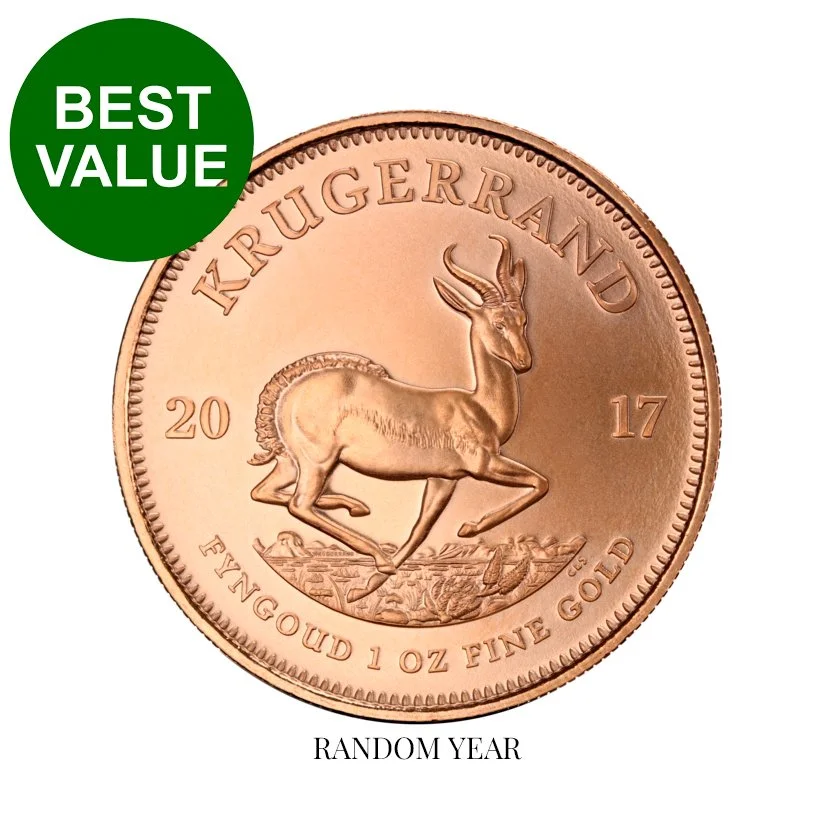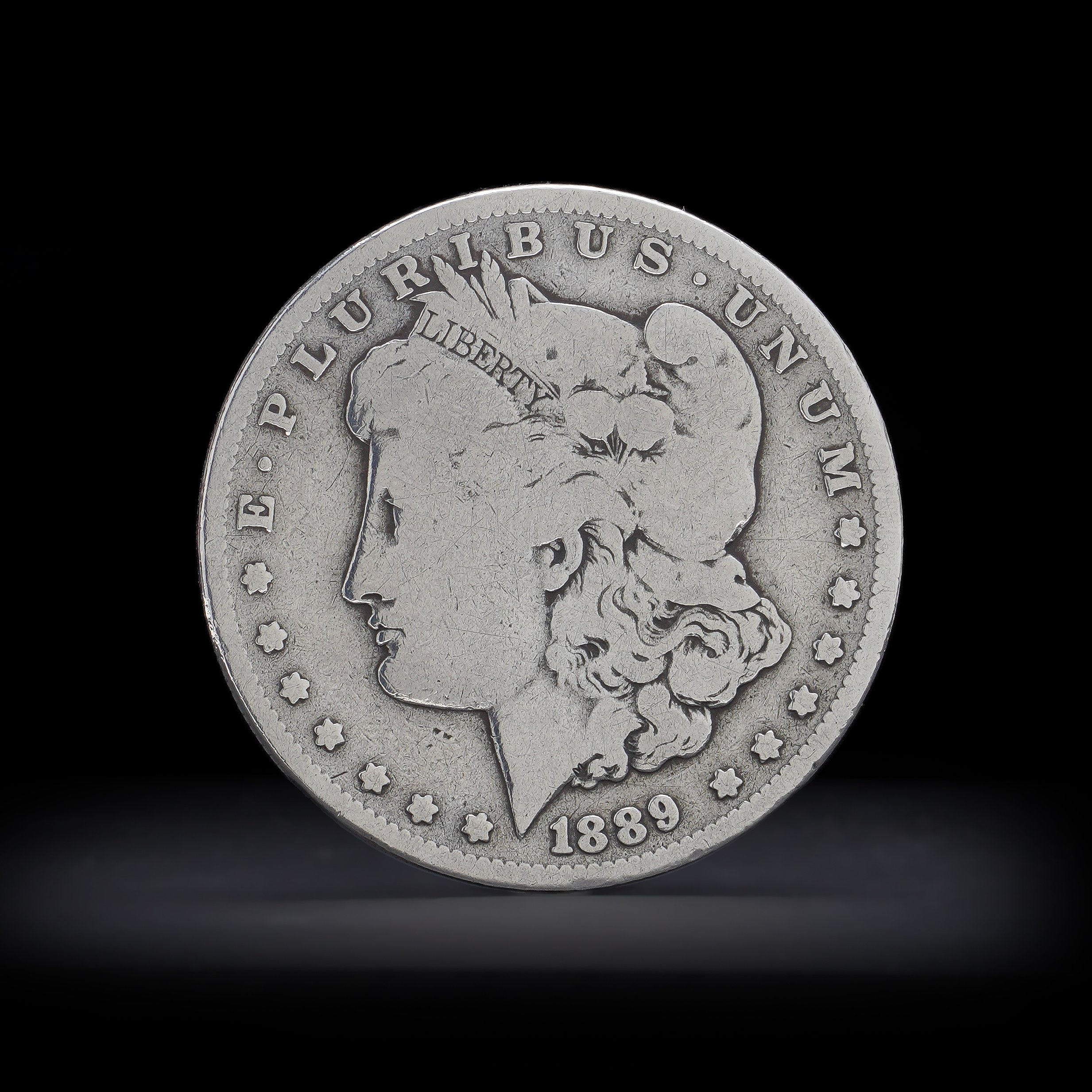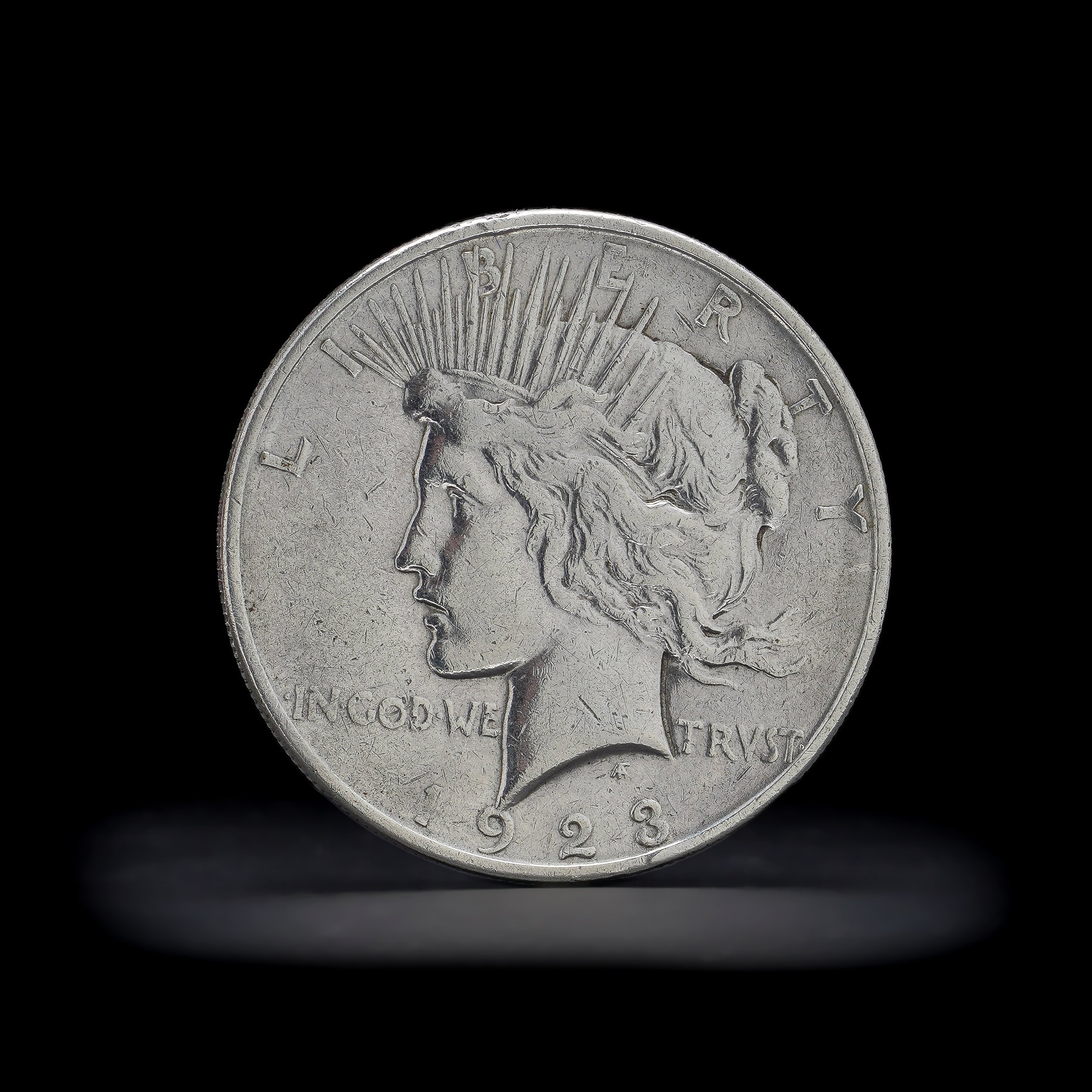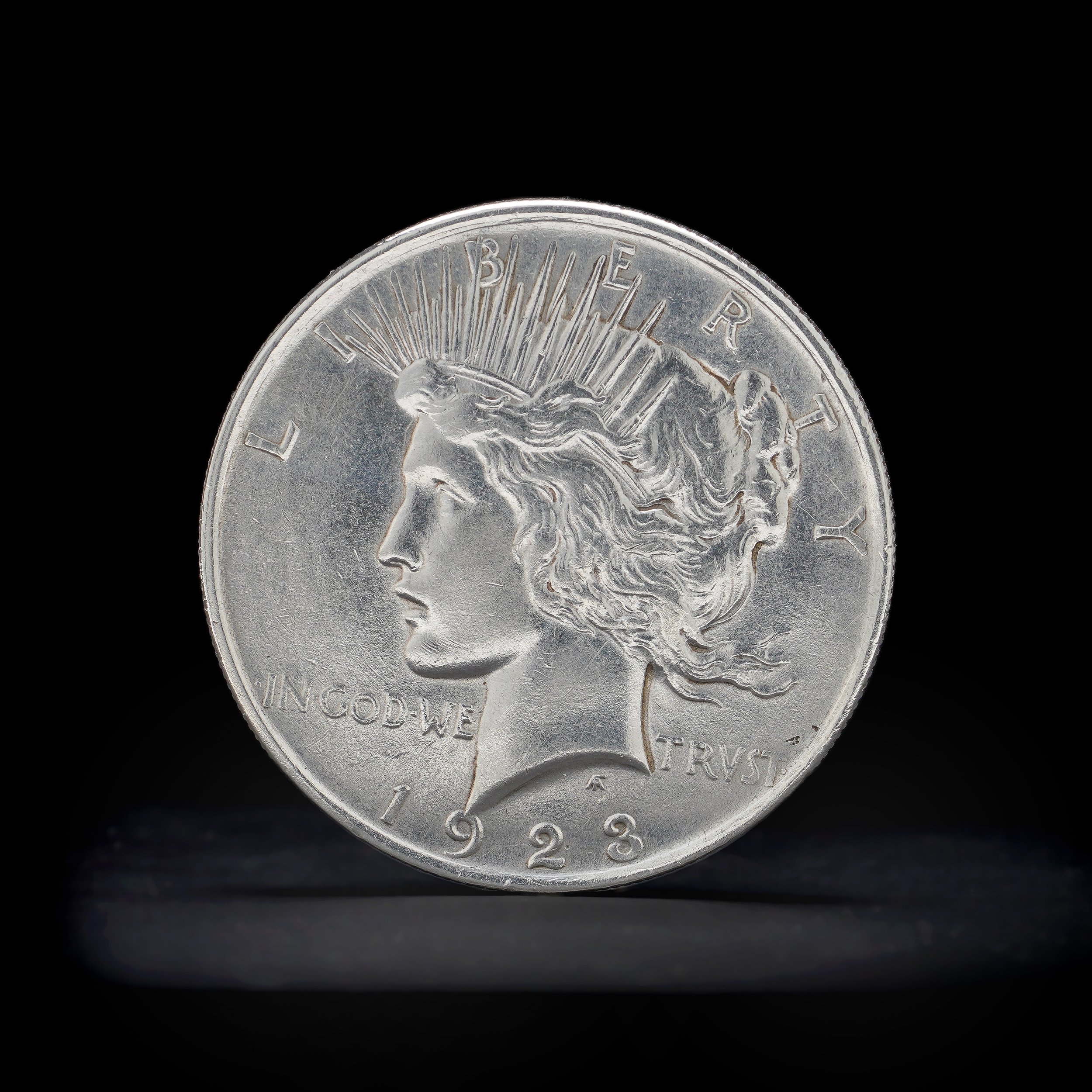Introduction to Precious Metals as Safe Havens
Introduction
Precious metals have long been considered a safe haven for investors during times of economic uncertainty and instability. But what exactly is a safe haven, and why are precious metals considered one? In this blog, we will explore the concept of precious metals as safe havens, including their history, the economic factors behind their status, the different types of precious metals, and how to invest in them.
What are Precious Metals
Precious metals are rare, naturally occurring elements that have a high value due to their scarcity and unique properties. The most common precious metals include gold, silver, platinum, and palladium. These metals have been used for a variety of purposes throughout human history, including as a form of currency, as jewelry and other decorative items, and as a store of value.
Why are Precious Metals considered Safe Havens
A safe haven is an investment that is expected to maintain or increase its value during times of market turbulence or economic uncertainty. Precious metals are considered safe havens for a number of reasons, including their long history as a store of value, their scarcity, and their reputation as a hedge against inflation. Additionally, precious metals are widely recognized and easily traded, making them a convenient and accesible form of safe haven for investors.
A Brief History of Precious Metals as Safe Havens
Ancient Civilizations and Precious Metals
The use of precious metals as a store of value dates back thousands of years, to ancient civilizations such as the Egyptians, Greeks, and Romans. These civilisations used gold and silver as currency and as a way to store wealth. The unique properties of these metals, including their rarity and the difficulty of creating counterfeits, made them a natural choice for this purpose.
The Modern Era and the Rise of Precious Metals as Safe Havens
In the modern era, precious metals have continued to be a popular form of safe haven for investors. The gold standard, which was in place from the late 19th century to the mid-20th century, helped to establish gold as a trusted store of value. In recent decades, the popularity of precious metals as a safe haven has increased due to a number of economic and political factors, including inflation, economic uncertainty, and the actions of central banks and governments.
Understanding the Economic Factors behind Precious Metals as Safe Havens
Inflation and Precious Metals
Inflation is a rise in the general price level of goods and services in an economy over a period of time. When inflation increases, the purchasing power of money decreases, which can erode the value of traditional investments such as stocks and bonds. Precious metals, and on the other hand, are seen as a hedge against inflation due to their limited supply and long history as a store of value.
Economic Uncertainty and Precious Metals
Economic uncertainty, such as recessions as well as market volatility, can also lead to an increase in demand for precious metals as a safe haven. During times of uncertainty, investors may seek to protect their wealth by investing in assets that are expected to hold their value. Precious metals, with their reputation as a stable and reliable store of value, are often seen as a good choice in these circumstances.
The Role of Central Banks and Governments in Precious Metals as Safe Havens
The actions of central banks and governments usually also have an impact on the demand for precious metals as a safe haven. For example, the printing of large amounts of money by central banks always lead to inflation, which can is a detriment to the value of fiat currency and drive up demand for precious metals as an alternative store of value. Similarly, government policies and events such as wars, political instability, and economic downturns can also affect the perception of safety and security of precious metals, and therefore, their demand as a safe haven asset.
Central banks all around the world have a long history of holding precious metals as a part of their foreign exchange reserves. This practice provides a level of stability and security to their reserves, as well as serving as a hedge against currency fluctuations and economic instability.
In the recent years, a lot of central banks have increased their holdings of precious metal, especially gold, as a way to diversify their foreign exchange reserves and reduce their dependence on the US dollar. This trend has been driven in part by concerns over the long-term stability of the US dollar, as well as increasing economic uncertainty globally.
Governments also play a big role in the demand for precious metals as safe havens through their policies on precious metal production and ownership. For example, some countries place restrictions on the ownership of gold, while others actively promote it as a way to stimulate their economies and support their currencies.
The Benefits of Investing in Precious Metals
Investing in precious metals can offer a number of potential benefits, including:
· Diversification: When you include precious metals in your investment portfolio, you can help to diversify your holdings and reduce your overall risk.
· Potential for Long-Term Growth: While the value of precious metals can fluctuate in the short-term, they have the potential for long-term growth over time.
· Protection During Economic Uncertainty: As discussed previously, precious metals are often considered safe havens during times of economic uncertainty, which can provide a degree of protection for investors.
· Tangible Asset: Unlike stocks or bonds, precious metals are physical and tangible assets that you can hold in your hand. This can provide a sense of security for investors.
How to Invest in Precious Metals
There are a number of different ways to invest in precious metals, including:
· Physical Precious Metals: You can purchase physical precious metals, such as gold coins or bars, and store them, or with a secure third-party storage provider.
· Exchange-Traded Funds (ETFs): ETFs provide a convenient way to invest in precious metals without having to purchase physical precious metals. You simply buy shares in the ETF, which tracks the price of the underlying metal.
· Futures Contracts: Futures contracts allow you to purchase the right to buy a specific amount of precious metal at a set price and date in the future.
· Mining Stocks: You can also invest in precious metal mining companies, which can provide exposure to the precious metals market without having to physically own the metal.
Conclusion
Precious metals have been considered safe havens for centuries and offer a number of benefits for investors, including the potential for long-term growth, protection during economic uncertainty, and diversification. Understanding the concept of precious metals as safe havens and knowing how to invest in them can help you make informed decisions about your investment portfolio.












